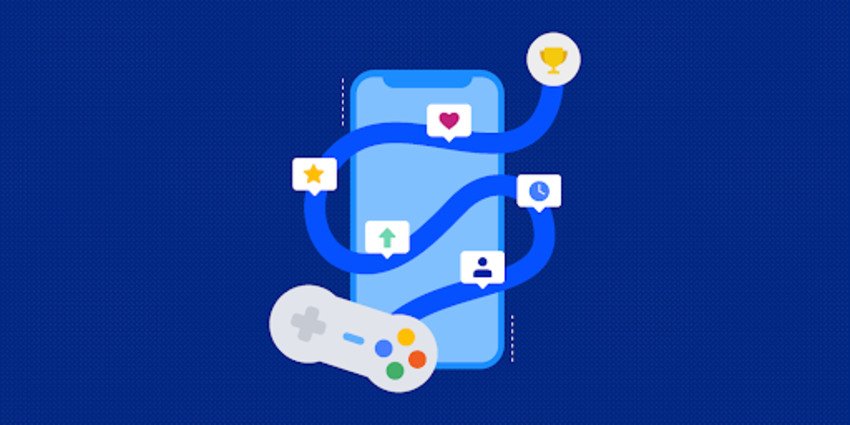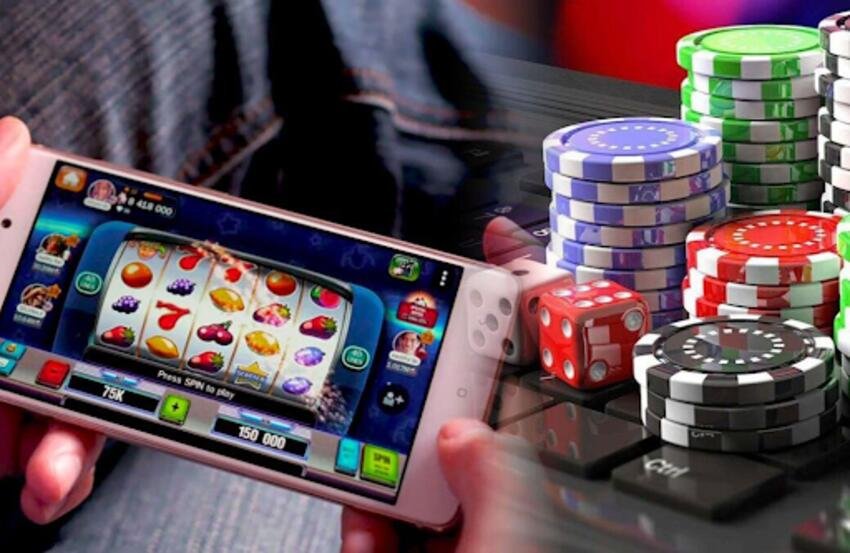Gamification isn’t about slapping points on a screen and hoping people stick around. It’s the craft of turning routine interactions into loops that feel meaningful: challenge → progress → reward → mastery. Done right, it changes how users spend time, what they pay attention to, and why they return. In streaming, mobile games, social hubs, even learning platforms, game DNA now runs underneath the UI like a second operating system. For a clear, consumer-facing example in real money play, browse experiences at online glory casino and note how progression, missions, and status cues thread through the sessions.
The mechanics that move behavior
Most systems start simple and layer complexity later. Expect these building blocks:
- Goals and quests. Small, achievable targets beat vague aspirations. “Complete 3 dailies” or “watch two episodes from a new category” works because finishing flares dopamine without overtaxing attention.
- Points and soft currency. Abstract value keeps score without real-world friction. It also allows “sinks” (cosmetics, boosts) to balance the economy.
- Streaks and check-ins. Loss aversion kicks in when a streak is at risk. People defend a 10-day chain more fiercely than they chase a fresh one.
- Levels and badges. Cosmetic, yes, but they broadcast status and competence to others—and to the self.
- Leaderboards, carefully tuned. Global boards intimidate; tiered or friends-only boards motivate.
None of that is new. What’s changed is orchestration: systems now adapt difficulty and reward velocity to the individual, not the average.
The psychology underneath the polish
Gamification leans on reliable levers:
- Competence. Clear feedback (progress bars, accuracy stats, tier ranks) tells the brain, “getting better.” That’s sticky.
- Autonomy. Let users choose paths—two quests from five, one of three modes. Choice fuels perceived control.
- Relatedness. Co-op challenges, friend boosts, shared milestones. Even light social proof increases commitment.
- Variable rewards. Predictable progress with occasional spikes (loot moments, surprise drops) keeps curiosity awake.
The trick is pacing. Over-rewarding numbs the effect; under-rewarding feels grindy. The best teams tune schedules the way good editors cut scenes—tight, with room to breathe.
Where entertainment feels different now
Streaming services nudge exploration with watch-streaks, season medals, and “discover quests” that swap the infinite scroll for bite-sized tasks.
Creator platforms use fan missions, collectible badges, and tipping streaks to turn passive viewing into participation.
Learning apps borrow from RPGs: skill trees, XP ladders, daily drills. Mastery becomes visible, not theoretical.
Real-money environments integrate missions, loyalty tiers, and event arcs, wrapping chance or strategy with long-horizon progression so sessions feel part of a season rather than isolated bets.
Across categories, the north star is the same: make the next action obvious, valuable, and slightly novel.
Design patterns that actually work
- One screen, one win. Each view should have a clear “best next step.” Confusion kills momentum faster than any difficulty spike.
- Short loops inside long arcs. A 90-second loop (attempt → feedback → retry) lives inside weekly missions and seasonal stories. Users feel both “now” and “later.”
- Earned cosmetics over raw power. Skins, frames, seasonal banners—signals of dedication that don’t break balance.
- Visible ceilings. Show what’s possible (top tier, rare badge). Ambition thrives on clarity.
- Mercy systems. Pity counters, streak protection, make-good tokens after outages. Fairness keeps trust intact.
A note on ethics and restraint
Engagement isn’t a blank check. The same mechanics that motivate can exhaust. Responsible teams:
- Cap streak pressure with “grace days.”
- Offer quiet modes with reduced stimuli.
- Communicate odds and progress honestly.
- Let users pause without punishment.
Sustainable fun beats extractive loops. Burnout is bad business.
Case sketches: from passive to participatory
Eventization. Weekend playlists, limited-time modes, seasonal passes. Scarcity plus novelty turns a routine session into a mini-festival.
Social scaffolding. Duo quests, squad milestones, friend assist bonuses. People show up for others when they won’t show up for themselves.
Crafting mastery. Let users “build” something over weeks: a deck, a skill tree, a collection page. Progress should be visible at a glance.
Even low-fi versions—weekly challenges with a rotating theme—lift retention. The point isn’t spectacle; it’s rhythm.
Metrics that tell the true story
Watch beyond raw time-on-platform:
- Short-loop completion rate. Are users finishing the smallest circle of effort?
- Quest pick-up vs. completion. Great names get clicks; great designs get completions.
- Streak health. Average length, grace-day usage, recovery after a miss.
- Economy velocity. Earn/spend ratios for soft currency; hoarding signals fear or lack of sinks.
- Session quality. Post-session surveys, frustration tags, churn-after-fail events.
If the metrics look good but sentiment tanks, the system is winning the battle and losing the war.
The bigger shift: entertainment as seasons
The old model chased one-off hits. Gamification normalizes seasonal thinking. Content drops land on a calendar, rewards rotate, meta shifts, communities plan. This doesn’t turn every product into a game; it turns every product into a living service. Users don’t just consume—they progress.
Final thought
Gamification works when it respects attention. Clear goals, honest feedback, soft social pressure, and rewards that feel earned—these are durable. They turn minutes into milestones and platforms into habits. Whether the session is a language lesson, a creator stream, or a spin on a platform like online glory casino, the same principle applies: design for momentum, then get out of the way. The result isn’t louder entertainment. It’s better rhythm.
Read Dive is a leading technology blog focusing on different domains like Blockchain, AI, Chatbot, Fintech, Health Tech, Software Development and Testing. For guest blogging, please feel free to contact at readdive@gmail.com.





